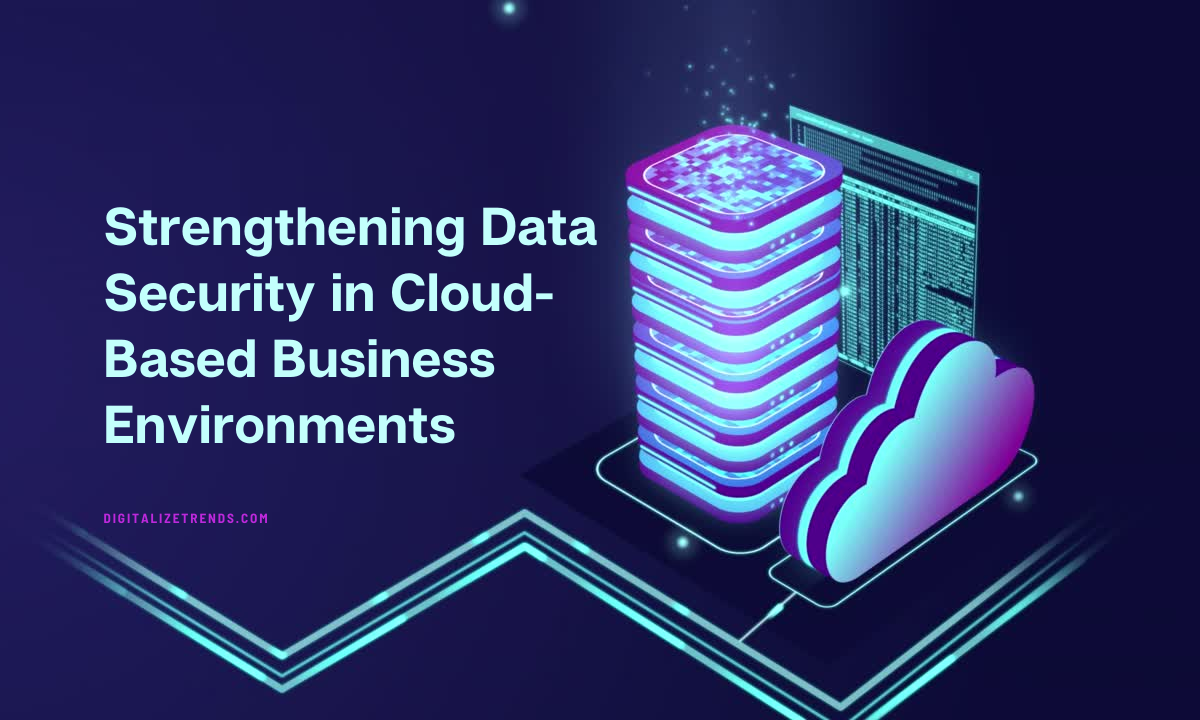Cloud computing is being adopted by organizations for digital transformation, but data security is still a major obstacle. The cloud undermines traditional network perimeters, thus a special approach that takes into account cloud security models, data governance, and potential threats is required.
What does cloud computing data security mean?
Cloud data security refers to the array of technological solutions, guidelines, and practices adopted by an organization to protect both cloud-based systems and applications, along with the associated data and user access. This encompasses Salesforce security measures as part of the overall strategy.
The CIA triad—data confidentiality, integrity, and availability—which are fundamental concepts of information security and data governance—also apply to cloud computing:
- Confidentiality: preventing unwanted access to and disclosure of the data
- Integrity: protect the data from illegal alteration to ensure its reliability.
- Availability: guaranteeing that the data is completely available and usable when required.
Typical threats to cloud data security
The cloud presents several data-related dangers that the company needs to consider in its security plan. As businesses depend more and more on the cloud to gather, store, and process vital data, cyberattacks, and data breaches pose the greatest risks.
Typical cloud-related hazards that businesses encounter include the following:
- Loss of customer trust and brand reputation: When a security incident results in the breach of a company’s data, customers lose faith in the organization’s ability to protect their personally identifiable information (PII).
- Company disruption: One of the top five cyber exposure worries, according to risk specialists worldwide, is company disruption brought on by supply chain or cloud technology failure.
- Data loss and leaks: These can be caused by threats like insiders or by bad security
- Financial losses: Hundreds of millions of dollars may be spent on incident mitigation, data breaches, company interruption, and other fallout from cloud security disasters.
- Regulatory noncompliance: Cloud computing makes it more difficult to meet compliance obligations, whether they are related to the Healthcare Insurance Portability and Accountability Act (HIPAA) or the General Protection Data Regulation (GDPR).
- Procedures such as cloud system misconfigurations.
Risks to data security posed by cloud computing
Although cloud computing is subject to the same cybersecurity risks as on-premises technology, the cloud also poses new risks to data protection. These are a few of the typical ones:
- Application programming interfaces (APIs) that lack security: A lot of cloud services and apps depend on APIs to perform tasks like access and authentication, however, these interfaces frequently include security flaws like incorrect setups, which makes them vulnerable to hacking.
- Account takeover or hijacking: A lot of users reuse or use weak passwords, making it simple for hackers to get access to cloud accounts.
Insider threats are not specific to the cloud, but they are more likely when there is a lack of awareness of the cloud ecosystem. Insider threats can occur when someone gains unauthorized access to data and uses it for malicious purposes or when they unintentionally share or store sensitive information on the cloud.
Concluding remarks: Preserving data on the cloud
Data security becomes essential as enterprises use hybrid multi-cloud to reduce risks and safeguard brand reputation. Integrating cloud access and entitlement management systems into the broader Identity and Access Management (IAM) strategy guarantees automated processes, intelligent governance, and consistent access control, increasing the effectiveness and economy of identity management.



